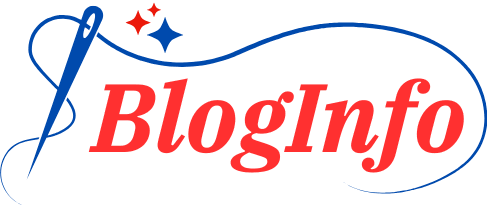Clinical services and patient care are not the only aspects of healthcare operations. In order to guarantee seamless services, regulatory compliance, and financial viability, the back office’s efficiency is crucial. Healthcare companies can revolutionize their workflow management by implementing top-notch back office software.
From easing the burden of administrative tasks to providing insightful information These tools have been designed to meet the specific requirements for the health system. This article outlines the top five benefits that healthcare businesses can reap from investing in high-end back-office software.
Streamlined Administrative Tasks
Back office tasks in healthcare usually include repetitive and lengthy tasks such as appointment scheduling, billing, and coordinating the patient’s documents. The manual handling of these tasks frequently leads to errors and inefficiencies, impacting overall productivity.
By automating these processes, the best back-office software significantly reduces time and effort while improving accuracy. For instance, linked billing systems save time on claims, resulting in quicker payments, and computerized scheduling can reduce the number of patients who fail to show up by sending timely reminders.
Through the automation of routine administrative work, healthcare professionals can shift their attention to patient care and strategic initiatives, resulting in a more efficient working environment.
Improved Financial Management
The management of finances in healthcare is complicated, and involves the management of payrolls, insurance claims invoices, as well as complying with ever-changing regulatory requirements. The delay or error in these processes could lead to delays in cash flow as well as compliance risks.
The premium back-office software provides advanced financial management tools to make it easier to track expenses, creating invoices and budgets. Furthermore, these software platforms are able to analyze trends in revenue and offer forecasts to help healthcare organizations make informed financial decisions.
Integrated billing solutions also guarantee timely filing of insurance claims and reduce the number of denied claims, as well as speeding reimbursement cycles. This improves the stability of finances and ensures resources are effectively channeled to help support healthcare delivery.
Enhanced Compliance and Data Security
Healthcare firms are in a highly controlled environment, and failure to abide with regulations can result in massive penalties and reputational harm. The task of ensuring compliance is made more difficult with the growing security concerns regarding cyberattacks and data breaches.
The best back office software is packed with features to make sure that the handling of data reporting, storage, and processing conforms to regulations like HIPAA, as well as other laws in the local area. A majority of software platforms provide encrypted data storage, authentication for users, and audit tracking to secure sensitive data.
Automated checks for compliance flag the potential for issues earlier, which reduces the chance of committingthe violation. With strong data security features that allow healthcare organizations to build trust with patients and their partners while maintaining operational integrity.
Boosted Operational Efficiency Through Integration
Healthcare systems usually depend on multiple software and platforms for managing the various aspects of operations including the management of HR, inventory tracking and patient databases. If these systems operate independently, they can result in a sloppy workflow and redundant efforts.
The best back-office software is integrated seamlessly with the existing systems, creating an integrated platform to manage the various operational needs. Centralized dashboards enable teams to get information immediately without switching between various platforms. For instance using HR management tools into payroll systems can simplify workforce planning and payroll calculations.
The result? faster decision-making, fewer operational bottlenecks, and better teamwork.
Data Insights for Strategic Growth
Healthcare businesses generate a huge amount of data every day, and gaining meaningful insights from this data is vital to long-term growth. Without the proper equipment, data analytics may be overwhelming and unproductive.
The premium back-office software comes with data analytics features that give relevant insights to aid in decisions. These software platforms are able to analyze efficiency in operations, financial performance as well as demographics of patients and much more.
For instance, studying the patterns of appointments can help you find services that are in high demand which can lead to better allocation of resources. In the same way, financial analytics can reveal patterns in the revenue cycle and help identify areas that require improvement. With the help of data-driven insight healthcare organizations are better positioned to invent as well as scale up and respond to the changing needs of the industry.
Final Thoughts
The most crucial element of effective healthcare operations is back office efficiency. The best back-office software for healthcare operations offers a complete solution that can guarantee your company’s compliance, improve financial management, expedite workflows, and give you relevant data. Investing in these tools will support the greater objective of delivering high-quality healthcare services in addition to ensuring the highest level of operational efficiency.
If your company’s healthcare provider hasn’t yet delved into the possibilities of back office software that is top-quality now is the best time. These solutions aren’t an option but are essential to stay competitive and flexible in an industry that is constantly evolving. From boosting efficiency of staff to improving the outcomes of patients The benefits are obvious.




